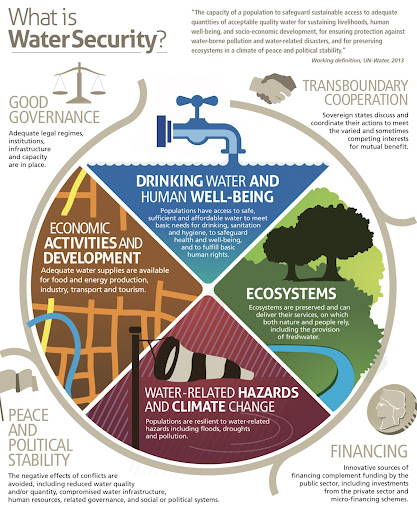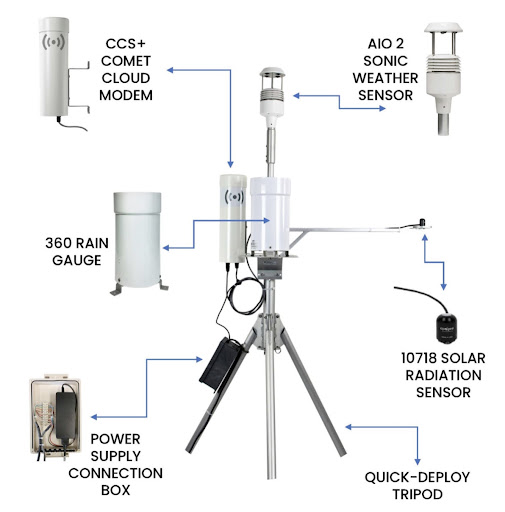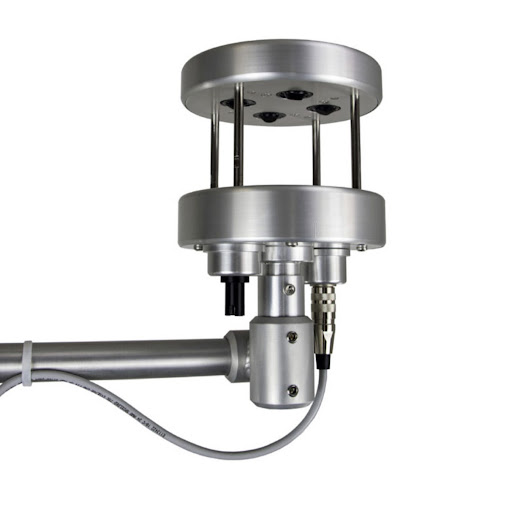Join Met One Instruments, Inc. in participating in & learning from the 2022 AMS trade show!
Welcome to the MOI blog, where we curate the latest important news and information regarding air quality and pollution and our efforts to produce the industry standard in instrumentation that monitor both of these crucial subjects. Met One Instruments Inc. is proud to announce that we will be participating at the American Meteorological Society annual meeting in Houston, Texas, this coming January 23rd-27th, 2022!
First, we would like to discuss a bit of the chronology of this historical organization and why the work they do is so important –– especially in this modern era. The theme this year is “Environmental Security: weather, water, and climate for a more secure world.” Considering present circumstances with global pollution and climate change, this year’s theme couldn’t be a more critical and timely discussion topic. Let’s get started.
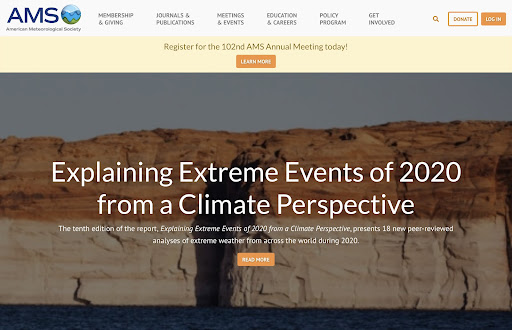
WHAT IS THE AMERICAN METEOROLOGICAL SOCIETY (AMS)?
Founded in 1919 by Charles Franklin Brooks of the Blue Hill Observatory in Milton, Massachusetts, the American Meteorological Society (AMS) is a scientific organization that promotes and conveys information about the atmospheric, oceanic, or hydrologic sciences. This membership organization is a non-profit headquartered in the historic Harrison Gray Otis House in Boston’s Beacon Hill neighborhood. The initial membership of the AMS came primarily from the U.S. Signal Corps and U.S. Weather Bureau, which at that time numbered less than 600 members.
Today more than 13,000 members include scientists, researchers, educators, broadcast meteorologists, students, weather enthusiasts, and professionals working in the fields of weather, water, or climate. The American Meteorological Society also provides a wealth of information available to the public through many fascinating scientific journals they publish. Such as the “Journal of Applied Meteorology and Climatology,” the “Journal of Atmospheric and Oceanic Technology,” or the “Journal of Earth Interactions.”
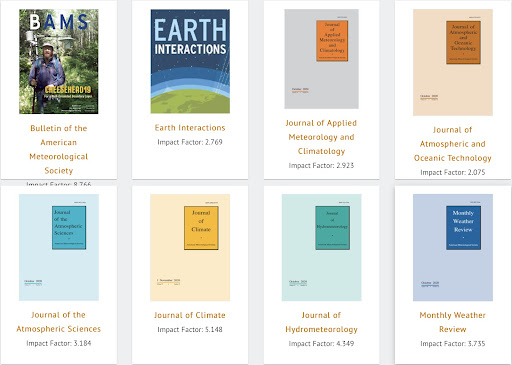

WHY IS THE 102nd AMS ANNUAL MEETING THEME IMPORTANT?
The American Meteorological Society’s theme this year, “Environmental Security: weather, water, and climate for a more secure world,”is based upon the fact that extreme weather linked to climate change affects the population of every nation’s security. The importance of bringing together experts in these fields at the annual meeting cannot be understated considering the most recent warnings we have heard about Climate Change from the Intergovernmental Panel on Climate Change (IPCC) in their 2021 report.
The AMS has identified five pillars of environmental security….
“Extreme weather: national and human security impacts of extreme weather and climatic events.
Energy security: environmental and security issues associated with ensuring uninterrupted availability of energy sources that are affordable, reliable, and accessible.
Food security: environmental and security issues associated with the need for consistent physical, social, and economic access to sufficient, safe, and nutritious food that meets people’s dietary needs.
Health security: environmental and security issues associated with minimizing “the danger and impact of acute public health events that endanger the collective health of populations living across geographical regions and international boundaries.” (WHO, n.d.: Health security. Accessed Apr. 7, 2020, from https://www.who.int/health-security/en/)
Water security: environmental and security issues associated with a population’s capacity to safeguard sustainable access to adequate quantities of acceptable quality water for sustenance of livelihoods, well-being, and socioeconomic development, and for protecting against threats from waterborne pollution and water-related disasters.” — AMS
Met One Instruments Inc. is a member of the American Meteorological Society because bringing awareness to unprecedented circumstances such as energy, food, health, water security, and extreme weather is extraordinarily important. Our security regarding these fundamental principles is in jeopardy if nations worldwide do not act quickly.
While most of us are familiar with or have suffered from this new era of “Extreme Weather,” what does “Energy/Food/Health/Water Security” actually mean? How are these concepts already affecting our society? Our team is always on the quest for answers — we decided to dive deeper into the five pillars of environmental security established by the American Meteorological Society this year to understand how these issues affect us.

EXTREME WEATHER
“Increasing temperatures; changing precipitation patterns; and more frequent, intense, and unpredictable extreme weather conditions caused by climate change are exacerbating existing risks for the U.S.”
The Pentagon
It is no secret that we are all experiencing extreme weather in the form of explosive wildfire seasons, severe flooding, or devastating tornadoes, just to name a few. Amid these events, most of us do not stop to think about how extreme weather is not only disastrous but a threat to our security.
The United States Department of Defense reports that recent extreme weather has cost billions of dollars in damages to U.S. military installations. This includes Tyndall Air Force Base, hit by Hurricane Michael, and Marine Corps Base Camp Lejeune, hit by Hurricane Florence. Military bases on Guam and the Marshall Islands are also vulnerable to rising sea levels.
Climate change causing severe drought has led the National Guard Bureau Chief to refer to what is usually a wildfire season as a wildfire year. Did you know that in the past five years, we have gone from an average of 14,000 days per year of personnel in the National Guard assisting in firefighting efforts to 176,000 personnel days spent in 2021 because of the record wildfire season?
The Department of Defense provides a poignant summary of why extreme weather and our security as a nation is vital:
“If there’s one thing we do exceptionally well here at DOD, it’s we do plan, and we do it very thoroughly, and climate needs to be a part of how we think about the future and different contingencies we could get called into. … We’re going to be thinking about how we train and equip our force in a climate [change] environment. We’re going to make sure we have our installation infrastructure built in a resilient way. We’re going to make sure we have resilient supply chains, that we’re being innovative, that we’re tapping into areas like green technology here in the United States, and that we’re collaborating with the private sector, with partners overseas, and other government agencies in our research and development and ways ahead.”
The Department of Defense
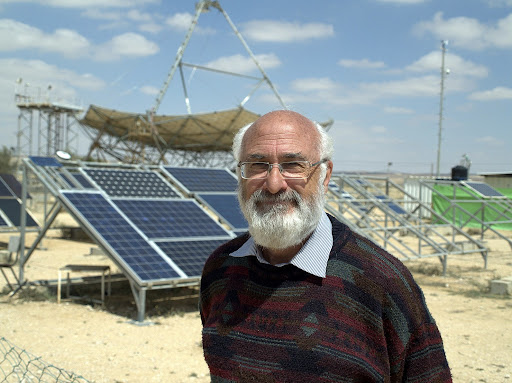
ENERGY SECURITY
“Energy security is a complex term with its implications in a wide range of spheres: political, economic, environmental, social, technical, etc. According to L. Chester, it is difficult to describe “energy security” as it is rather a concept resembling an abstract idea than a policy or a term. This concept can differ by institutional, national, personal, etc. perspectives, meaning that it depends on the subject that uses it…”
Energy Transformation Towards Sustainability
➡️ Energy security research has changed course from a traditional approach — becoming an interdisciplinary field.
Climate change, globalization, and a precarious future for fossil fuels have augmented the contemporary study of energy security, covering issues from sustainability, energy efficiency, mitigation of greenhouse gas emissions, and accessibility of energy. The concept of energy security is interconnected with environmental, social, political, and security issues.
Energy infrastructures provide fuel to Nations, and they depend on the Nation’s transportation, communications, finance, and government infrastructures to operate. Energy systems and networks also often cross the Nation’s borders, making international collaboration a necessary component of the Energy Sector’s efforts.
Safeguarding and refining the resiliency of the Energy Sector from both manmade and natural disasters is an ongoing effort. Continued vigilance, contingency planning, and training are necessary to be successful. Partnerships are a cornerstone of this vision for the future –– the Energy Sector has various programs sponsored by numerous public or private organizations that endorse and fund Energy Security vision goals.

FOOD SECURITY
What is food security? Many of us have been fortunate enough throughout our lives to have never feared not having enough to eat—however, today, 800 million people across the globe deal with food insecurity daily. Ironically, many of them are farmers who depend on their crops to make a living and feed their families.
“Food security means having, at all times, both physical and economic access to sufficient food to meet dietary needs for a productive and healthy life. A family is food secure when its members do not live in hunger or fear of hunger. Food insecurity is often rooted in poverty and has long-term impacts on the ability of families, communities, and countries to develop and prosper. Prolonged undernourishment stunts growth, slows cognitive development, and increases susceptibility to illness.”
usaid.gov
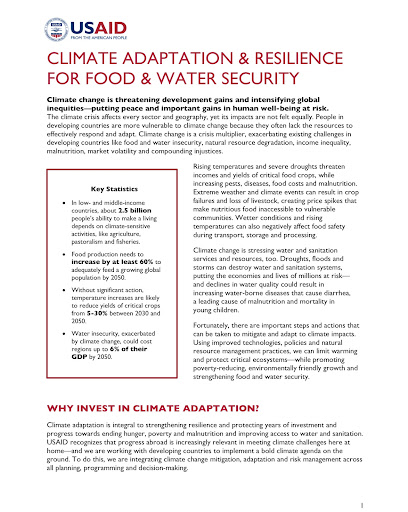
It is interesting to note that despite the overwhelming population growth in urban areas for more than a decade, 75% of food-insecure people live in rural areas in developing countries. It has been shown that assisting this population in developing growth in agriculture is at least twice as effective in countering poverty as attempting to foster growth in other sectors.
If we are to provide food for a population of 9 billion people by 2050 –– we have to double our current agriculture production on a global scale. This challenge is quite tricky considering the scarcity of natural resources due to extreme weather and drought. Our world’s Nations must invest in smallholder farmers, of which many are women in developing countries.
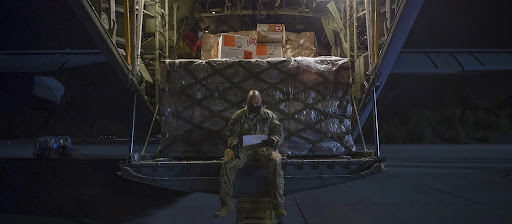
HEALTH SECURITY
“Population growth, rapid urbanization, environmental degradation, and the misuse of antimicrobials are disrupting the equilibrium of the microbial world. New diseases, like COVID-19, are emerging at unprecedented rates disrupting people’s health and causing social and economic impacts. Billions of passengers travel on airplanes each year, increasing the opportunities for the rapid international spread of infectious agents and their vectors.”
The World Health Organization
The WHO defines global public health security “as the activities required, both proactive and reactive, to minimize the danger and impact of acute public health events that endanger people’s health across geographical regions and international boundaries.”
All countries have a duty to care for their citizens, especially the most vulnerable. Hence, global public health security aims to illustrate how collective international public health action can build a protected future for society. Countries across the globe are facing increasing numbers of emergencies with health consequences from infectious disease outbreaks, military conflicts, natural disasters, chemical or radio-nuclear spills, and food contamination.
➡️ Many of these emergencies can become systemic, with more than a single cause, and will have substantial public health, social, economic, and political impacts.
The outbreak and subsequent SARS-Cov-2 pandemic is a glaring example of the importance of Health Security. Hospitals have been operating at maximum capacity for an unprecedented extended time due to Covid. Many people are not receiving the level of care they would otherwise for non-Covid conditions requiring treatment, thanks to hospitals overwhelmed with Covid patients. The pandemic is just one example of why paying attention to Health Security is critical.
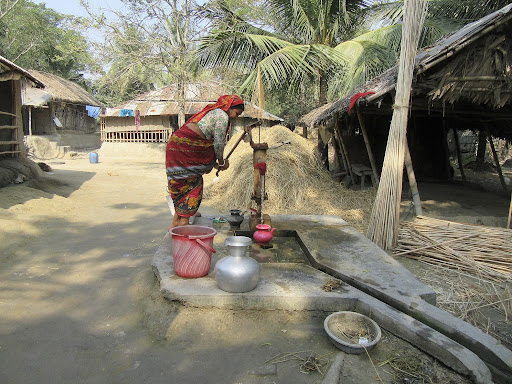
WATER SECURITY
“The capacity of a population to safeguard sustainable access to adequate quantities of acceptable quality water for sustaining livelihoods, human well-being, and socio-economic development, for ensuring protection against water-borne pollution and water-related disasters, and for preserving ecosystems in a climate of peace and political stability.”
The United Nations
The United Nations reports that water is the primary medium through which we will feel the effects of climate change. The availability of this vital resource is becoming more scarce and less predictable due to catastrophic droughts plaguing many areas of the world. Lower-income or poverty-stricken communities are most likely to be hit the hardest by this issue.
➡️ Climate change is predicted to either increase the number of water-stressed regions or exacerbate water shortages in already stressed areas.
Water has a pivotal role in how our society can mitigate or adapt to the effects of climate change. Agriculture is a crucial resource that depends on water. Creating sustainable farming practices is vital if we are to overcome the issue of Water Security.
“By 2050, the number of people at risk of floods will increase from its current level of 1.2 billion to 1.6 billion. In the early to mid-2010s, 1.9 billion people, or 27% of the global population, lived in potentially severely water-scarce areas. In 2050, this number will increase to 2.7 to 3.2 billion people.”
The United Nations 2020
THE MET ONE INSTRUMENTS INC. AMS 102ND ANNUAL MEETING EXHIBIT
Our team is excited to present two of our newest products at the AMS meeting in January 2022! Met One Instruments, Inc. is a veteran manufacturer in meteorological instrumentation and systems. Our long-established reputation and American-Made devices have made Met One the preferred choice among scientists and engineers. Our products provide highly accurate and reliable data to help customers make informed decisions.
MOI is spotlighting the convenient and rapidly deployable ReadyWeather. ReadyWeather is a full-featured weather station consisting of Met One’s AIO 2 Sonic Weather Sensor, the CCS+ Comet Cloud Modem, 360 Precipitation Gauge, and 10718 Solar Radiation Sensor, all of which mount to a 10′ aluminum tripod. Utilize real-time cloud data viewing and retrieval on your customized web page dashboard, with automated data upload to the Cloud for remote access from any smart device.
For the 102nd Annual AMS meeting, we are also spotlighting the ALL-NEW 30.5 Sonic Anemometer. The 30.5 is designed for ambient wind sensing in harsh environments as a direct replacement for conventional mechanical propeller and cup anemometers, both in terms of performance and cost. The 30.5 requires no periodic maintenance or calibration and boasts rapid installation!
Thank you for joining us in this examination of the history of the American Meteorological Society and their pivotal role in raising awareness of this year’s theme regarding securities that many of us have taken for granted. If you are a part of the industry and are not a member of AMS, consider joining! We will look forward to learning from the many experts presenting at the 2022 annual AMS event.

